Annual Report 2015
(Excerpt: For the complete report please write to Epona-Stiftung für Pferd und Umwelt c/o Mermagen, Kesselstr. 15, 53797 Lohmar)

After the move from Normandy to the spanish Pyreneas in 2014, 2015 was the year for further acclimatisation. The horses did not have difficulties doing so, because a team of professionals fondly took and takes care of them. Here in Sora they have plenty of space, best fodder and can easily make friends with the many other congeners who live here.
Besides a severe tendinitis, which took Ella almost to her limits, our seniors did not suffer much from disease. Though frequently examined, we still could not heal our nestling Alohas hoof ailment. From time to time she feels better, but then again she has some hard times, especially when the weather changes. When it’s raining she has to stay in the stables, because humidity brings the bacteria in her hooves to life, which paralyses Aloha.
Epona Talks
In summer the Epona Foundation had a visit from Paris. Marlies Kamps, the president of the Epona Foundation, did an interview with the french philosopher Florance Burgat on animal rights. The former dressage rider and horse trainer Johanna Wiig payed a visit too. She was talking about her relationship to horses and explained her decision to stop riding.
As part of the ‘Epona talks‘ we are going to make more interviews and conduct conversations with the subject of animal protection and the cooperation of humans and animals in a casual sequence, considering various aspects, like philosophical, ethical or legal ones. For 2016 we have planned a discussion with Dona Holleman, author of “Discussions with Epona”.
Video
Horses in front of the camera
In October 2015 the filmmaker Peter Buhmann visited the Epona Foundation in Sora. For four days he and his cameraman Adnan Hodzic filmed the Epona horses. They watched the work of our blacksmith Xesco, horsetrainer Tony, therapist Silvia, veterinarian Neus and they filmed the landowner Mercè as well as the president Marlies. With almost eight hours footage in their bags they went back to Köln. With that Peter produced ten videos with an overall duration of about half an hour. These videos tell of the Epona-Foundations’ philosophy (about Epona), the horses’ needs (space for horses) and they report on the protégés and their helpers in detail. After the work was done Peter summarized his experience: “Until now I did not have much contact with horses and I did not have much interest in them. By the filming with its intense and literally very close contact with the horses my view to these adorable, proud and yet so sensitive beings changed lastingly”.
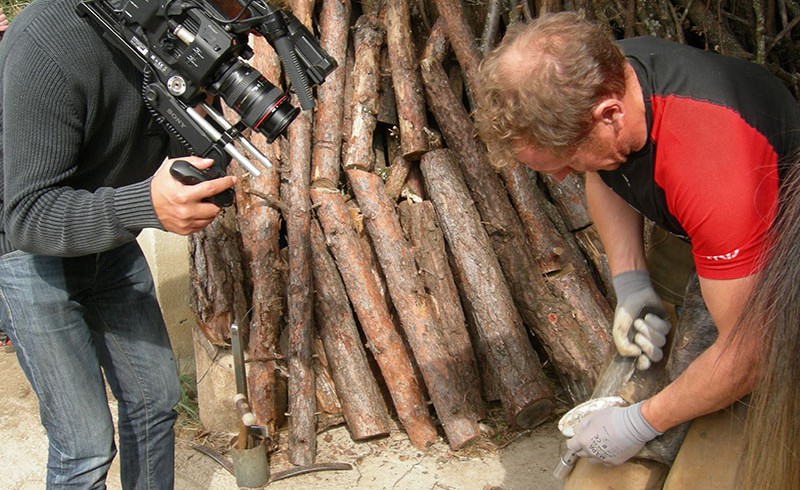

Thanks to Peter and Adnan: These were intense and exciting days with you and the horses. And thank you very much Peter, also on behalf of the horses, for your effort and commitment. The videos say it all about the horse project of the Epona Foundation for horse and environment.
Godchildren and Uerê
Our godchildren Suellen and the younger Talita received good grades at the end of their school year (see Final School Report Card 2015). As you can read in the following report from Rio de Janeiro, the situation in Brazil is far from being easy.
„Brazil is going through some major turmoil caused by massive corruption charges, impeachment processes, environmental issues and last but not least weak commodity prices and a very high inflation. The prosperous years are over and Brazil is scrambling to stay afloat. The unemployment rate is rising, consumption is down, default on private debts is rising and the country is loosing its investment grade.
Rio de Janeiro, as the main producer of oil, is very much hit by the low commodity prices and shortages of public funding are becoming all to apparent. The public health care system in Rio de Janeiro lacked around EUR 61 Mio just in December and some hospitals had to close and patients were turned away. And this is only one example of the misfortunes. If one knows that the athletes, staying in the new Olympic village, will not have a TV in their rooms, than one can imagine how tight the funding is.

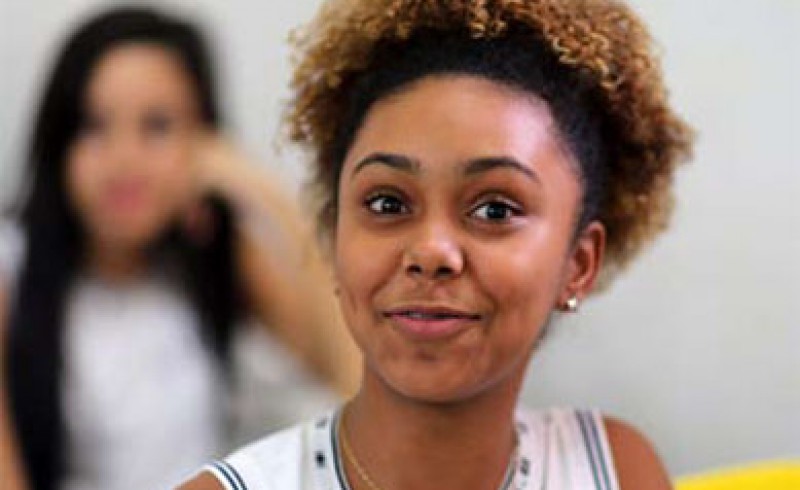
In Projeto Uerê we notice an increased food demand amongst the children and some families are receiving food supplies, so that their children must not go to bed hungry. We had various cases of dengue fever in 2015 of which one boy was critically ill in hospital. With the present hot and humid temperatures, we expect dengue to return in 2016.
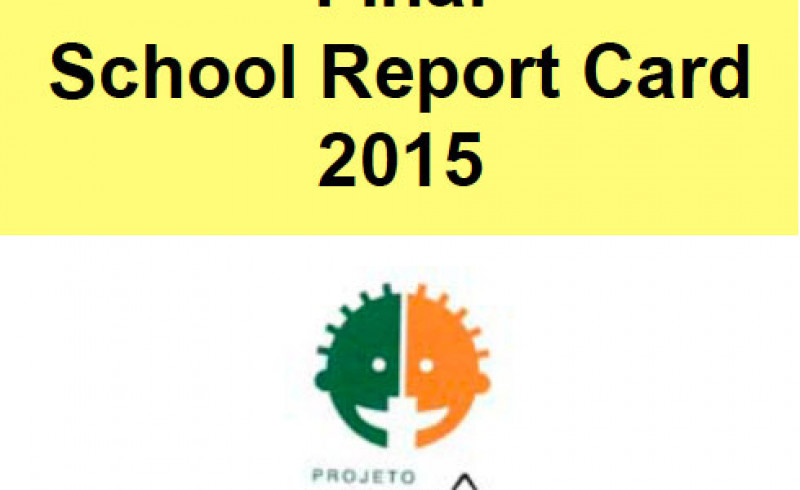
The security situation in the slum is unchanged. The rival drug factions are still active and engaged in territorial disputes or in gun battles with the local military police.
The football project is a true success and the boy’s team is winning many trophies. Also more and more children like to participate in the violin project. They recently had a wonderful show in town.
In December Yvonne received the Human Rights Award 2015 in the Congress in Brasilia. Another similar award was handed out to Yvonne in Rio de Janeiro.“
Donkeys carry water
Annie Hasemanns reported the donkey project of ArcheMed in Eritrea. The Epona-Foundation supported this project by buying two donkeys (see Annual Report 2012):
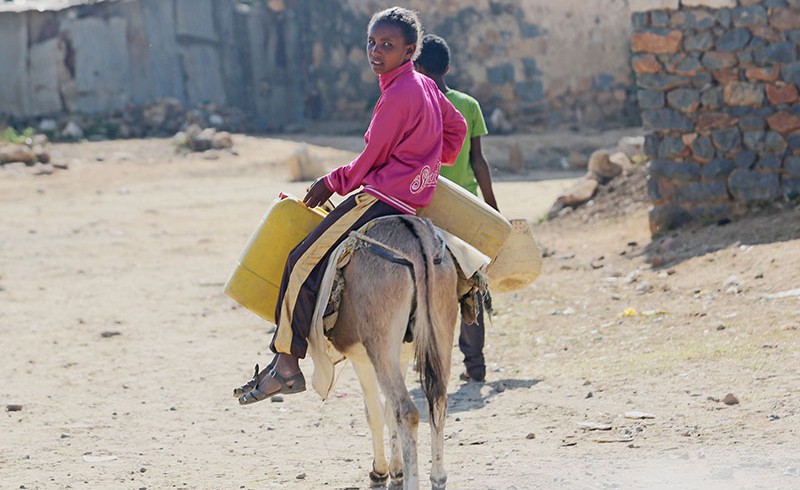
“ArcheMed receives many donations for the donkey project and we spread this money to confidants such as the womens union, nons and priests, who do a very good job in the countryside and reach the poorest of the poor, wether Christians or Muslims. In one of the villages we have a contact persons, who introduces us to women considered worth to take care for a donkey. Then she buys a donkey and presents it to us on our next visit. Sadly enough we sometimes loose a donkey to straying hyaens.

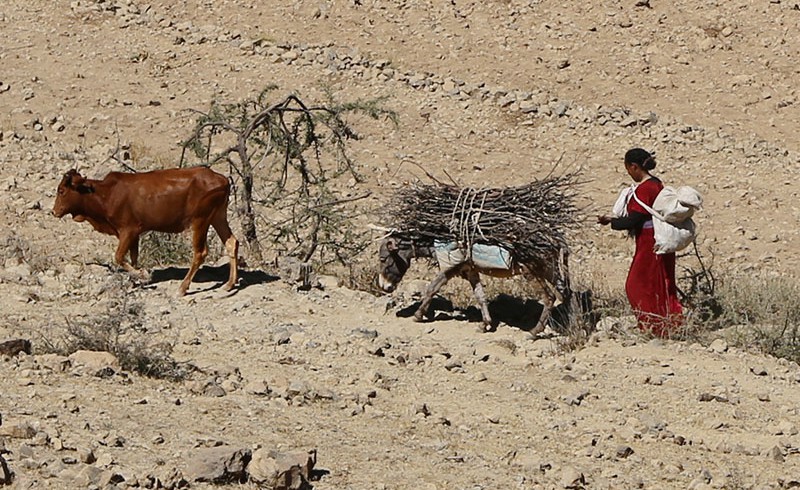
In any case this is a good project, making the women more mobile, giving them the ability to carry their farm products to the market and bringing back goods from there. Moreover they can fetch more water with the help of the donkeys and the girls do not have to carry the heavy weight. Currently the region is suffering from a drought and many fountains nearby the villages ran dry. Many women and girls have to walk about 15 km to reach the next waterhole. In the evening one can watch whole herds of cattle, sheeps, goats and donkeys crossing the landscape, forward to the next waterhole. The boys are taking care of the herds and the girls are on their way with the donkeys, packed with water cans. Almost biblicle sences are taking place.”